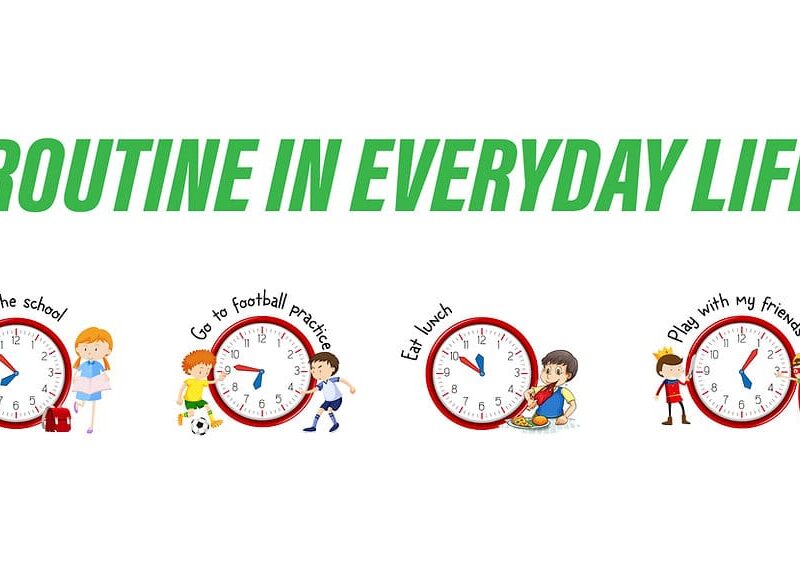In a world that constantly encourages us to transport faster, consume greater, and achieve more, embracing the idea of gradual residing can feel like a progressive act. At its center, sluggish living invites us to step back, pause, and immerse ourselves fully within the gift, savoring existence’s only pleasures. This life-style emphasizes mindfulness, intentionality, and a aware approach to how we spend our time. Here, we delve into the philosophy of slow dwelling and explore how it could transform our lives for the better.
What is Slow Living?
Slow dwelling is a mindful method to existence that emphasizes quality over quantity, presence over productiveness, and connection over comfort. Unlike the quick-paced, hustle-pushed life-style regularly celebrated in cutting-edge society, gradual living encourages us to take a more considerate, deliberate approach to every aspect of our lives, from how we spend our time to the alternatives we make round meals, paintings, and relationships.
The Origins of Slow Living
The idea of sluggish dwelling originated in Italy in the Eighties as a response to the speedy unfold of rapid-food chains, mainly McDonald’s. The Slow Food Movement emerged, promoting local, sustainable, and aware meals consumption. Over time, this philosophy accelerated to embody different elements of life, giving upward thrust to the broader gradual living movement.
Why Embrace Slow Living?
1. Improved Mental Well-being
One of the most sizeable advantages of adopting a gradual life-style is decreased pressure and anxiety. In our speedy-paced society, the stress to constantly be effective can cause burnout, mental fatigue, and even physical health troubles. Slow living gives us the distance to breathe, recharge, and focus on what surely topics.
2. Stronger Relationships
By prioritizing best over quantity, sluggish residing encourages us to put money into deeper, greater significant connections with the human beings round us. When we’re not distracted with the aid of monitors, limitless to-do lists, or external pressures, we can be absolutely present with cherished ones, developing stronger bonds and lasting memories.
3. Enhanced Focus and Productivity
It may additionally seem counterintuitive, but slowing down can absolutely cause advanced productivity. By specializing in one challenge at a time and decreasing the noise of multitasking, we’re able to produce higher-nice work and enjoy more delight in our achievements.
4. Greater Appreciation for Life’s Simple Pleasure
When we embrace sluggish dwelling, we turn out to be more attuned to the beauty of everyday moments. A cup of tea on a quiet morning, a stroll in nature, or a meal shared with buddies becomes a source of pleasure and fulfillment. Simple pleasures become moments of gratitude and reflection.

How to Incorporate Slow Living into Your Daily Routine
1. Practice Mindfulness Daily
Mindfulness is a cornerstone of slow living. By incorporating mindfulness practices into our every day lives, which includes meditation or aware respiration, we can discover ways to stay present and engaged inside the moment. Even easy practices like looking at our environment or savoring our food without distractions can bring us closer to a conscious country.
2. Prioritize Quality over Quantity
In a consumer-pushed society, we’re frequently endorsed to accumulate greater. However, slow living advocates for selecting excellent over amount in every area of life, whether or not it’s fewer, well-made possessions or a smaller circle of near buddies. When we awareness on best, we find deeper delight and price in what we’ve.
3. Simplify Your Schedule
A packed time table can go away us feeling exhausted and overwhelmed. Adopting gradual residing means we deliberately declutter our schedules, making time for what virtually subjects. Prioritize duties, set limitations, and research to mention no to activities or obligations that don’t align along with your goals or values.
4. Connect with Nature
Nature has a unique capacity to ground us and convey us into the prevailing second. Whether it’s a every day walk, a weekend hike, or truely sitting outside to watch the sundown, making time to connect with nature can be a effective exercise for gradual residing.

Overcoming Challenges in Adopting Slow Living
1. Social Pressure to Be “Productive”
In a way of life that celebrates hustle and fulfillment, gradual dwelling can feel countercultural. Overcoming the strain to usually be productive is a mission, however embracing the idea that “less is more” can help us cognizance on what sincerely subjects.
2. Balancing Responsibilities with Slow Living
For many, duties such as paintings, own family, and network duties could make gradual living seem unimaginable. However, adopting even small modifications—such as taking breaks, being found in each day interactions, and putting boundaries—can make a difference.
3. Making Time for Yourself
Slow dwelling encourages us to carve out time for self-care and mirrored image, yet it may be hard while we’ve severa obligations. Setting aside regular time for yourself is vital; it no longer best complements our properly-being but also enables us to be extra present for others.
The Long-Term Benefits of Slow Living
Slow living isn’t just a life-style fashion; it’s a profound shift in how we technique existence. By embracing a slower, extra intentional way of living, we can foster intellectual readability, emotional resilience, and a extra experience of success. The ripple results increase to our relationships, our work, and our overall best of existence.
In the stop, slow residing lets in us to reclaim our time, appreciate our experiences, and definitely stay within the gift. It’s about locating beauty and joy in the regular, cultivating gratitude, and savoring lifestyles’s best pleasures.



